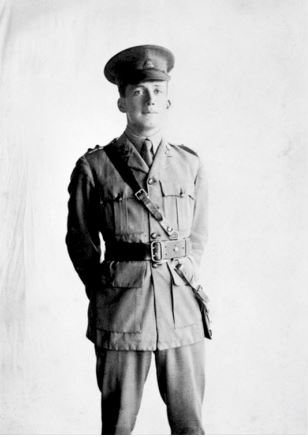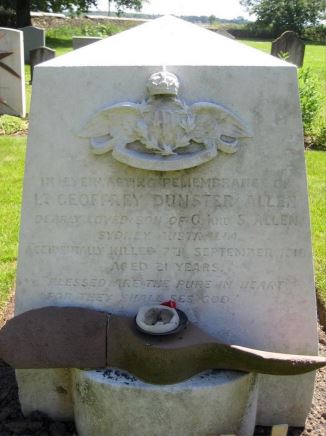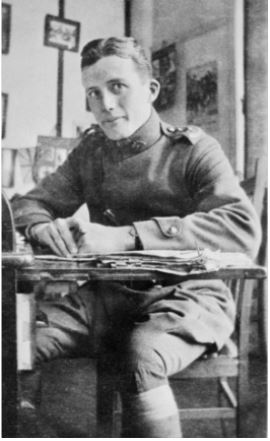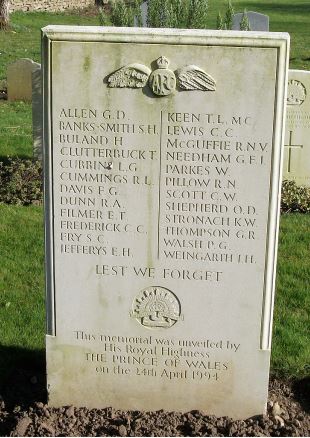5th Training Squadron, Australian Flying Corps

Geoffrey Dunster Allen was born at Newcastle, New South Wales, Australia on 9 November 1896, the son of George and Susannh Allen of Maynella, 7 Deakin Avenue, Haberfield, Sydney, New South Wales.
He was educated at Newington College, Sydney and served for a year with the Senior Cadets, as a Second Lieutenant. On 15 January 1915 he was commissioned, as a Second Lieutenant, into the 31st Battalion Australian Military Forces, where he served for two years and seven months, passing his examination to become a full Lieutenant in September 1916. Alongside military duties he was training to be an accountant.
He was accepted for service with the Australian Flying Corps (AFC) at Sydney on 15 June 1917, having previously been refused entry due to age. On 4 August 1917 he sailed from Melbourne aboard the troopship A32 Themistodes, landing at Glasgow on 2 October 1917.
His initial posting was to the AFC Training Depot at Halton Camp, Wendover. However, he was required to spend four days in the 3rd London General Hospital, Hampstead for treatment for a nasal condition. He had had his septum removed to cure a nasal blockage in January 1916.
Upon discharge from hospital, he joined the 1st School of Aeronautics at Reading for pilot training on 14 April 1918. He was posted back to the AFC Training Depot on 21 June 1918, prior to joining the 5th Training Squadron at Minchinhampton (later Aston Down) aerodrome three days later. On 28 August 1918 he was appointed a Flying Officer (Pilot) and acting (or honorary) Lieutenant. He then completed a number of specialist courses, designed to fit him for the conduct of aerial warfare.
On 7 September 1918 he was instructed by his CO to practice aerobatics, as a final test before moving on the ‘fighting school’. At about 6pm he took off in a Sopwith Camel (C106), climbing to about 4,000 feet. The Camel was a single seater, efficient fighter aircraft, which had entered full production in the middle of 1917. It had a rotary engine, which meant that a large part of the engine mass spun with the propeller, making directional control difficult and the aircraft needed careful handling.
At about 6.05pm Lieutenant Allen’s aircraft attempted a loop and eyewitnesses observed the machine to fall sideways, turning over on its back before spinning out of control and crashing into a Dutch barn at Clarke’s Farm. Medical attention arrived about ten minutes later but Geoffrey Allen was found dead, from a compound fracture of the skull, inside the wrecked aircraft. He was aged 21.
The subsequent Court of Enquiry heard from six witnesses, either observers of the accident or ground crew, who confirmed that the aircraft was fully serviceable and operational upon take off. The verdict was that death was due to pilot error. Lieutenant Geoffrey Allen was buried in Leighterton Cemetery, with full military honours, on 11 September 1918. His grave is now marked by an unusual stone memorial, which features a propeller.



Researched by Graham Adams 5 January 2018
